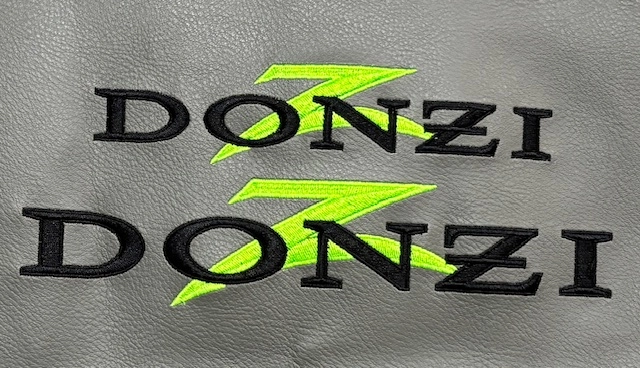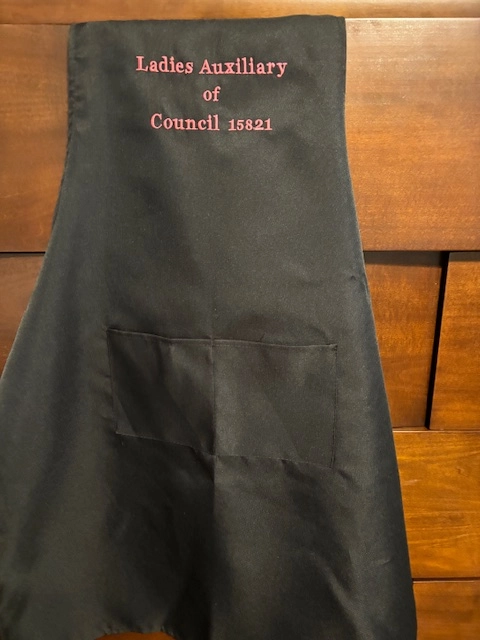The Art of Customized Embroidery: Unlocking the Secrets to Creating Special and Remarkable Designs
Needlework, a craft soaked in tradition and creativity, holds within its intricate stitches the power to transform textile right into a canvas of one-of-a-kind expression. The secrets to creating custom-made needlework designs that mesmerize the eye and leave a long-term impression lie in a fragile equilibrium of strategy, creativity, and interest to information. As we dive into the globe of custom needlework, we reveal the nuanced interaction between thread choice, sew intricacy, and layout personalization that elevates a simple garment to a job of art. Join us on a journey through the art of customized embroidery as we unwind the enigmas behind crafting truly memorable and unique developments.
Choosing the Right Embroidery Threads
When picking embroidery strings, what key variables should you consider to ensure the ideal results for your personalized designs? The selection of needlework thread is vital in determining the last result of your stitched layout.
Additionally, the weight or density of the thread plays a considerable duty in the look of the embroidery. Thicker strings can add dimension and appearance to your design, while finer strings are perfect for complex information and small text. Furthermore, taking into consideration the shade fastness and washability of the string is essential to make sure that your custom styles keep their high quality and vibrancy over time. By carefully evaluating these elements and choosing high-quality threads that satisfy your certain needs, you can enhance the aesthetic charm and long life of your stitched creations.
Checking Out Various Stitch Strategies
To look into the realm of 'Discovering Various Stitch Strategies', one have to realize the intricacies and subtleties that each sewing approach offers the art of needlework. Various stitch strategies not just include visual rate of interest however also contribute to the total appearance and measurement of the design. One preferred stitch method is the satin stitch, which includes carefully jam-packed parallel stitches to produce a smooth and shiny surface, ideal for filling in forms and developing vibrant outlines.
On the various other hand, the backstitch is a functional method typically used for outlining and including fine details. It entails stitching backward to create a strong line of embroidery. In addition, the French knot stitch adds a tactile component to styles, best for producing distinctive accents like flower facilities or ornamental touches.
Checking out different stitch strategies enables embroiderers to play with light, darkness, and depth within their layouts, raising the visual charm and imaginative high quality of their embroidery tasks. By grasping different sewing approaches, one can open unlimited possibilities for developing distinct and remarkable custom-made embroidery pieces.
Incorporating Personalized Layout Components
Having explored the intricacies of different stitch methods such as the satin stitch, backstitch, and French knot, the focus currently changes towards including tailored design aspects in custom embroidery tasks. Personalized layout components play a vital role in making embroidery tasks genuinely distinct and unforgettable. One method to incorporate personalization is by adding initials, names, or significant dates to the style. Source This not just adds an individualized touch but likewise boosts the emotional worth of the needlework item.
An additional way to include tailored layout elements is by consisting of signs or concepts that hold special definition to the recipient or reflect their passions and individuality. Including a favored flower, pet, or hobby-related icon can make the embroidery design more meaningful and personalized. Additionally, choosing shades that reverberate with the recipient or straighten with the desired motif can additionally improve the personalization of the embroidery project.
Mastering the Art of Shade Control

One trick aspect of color coordination is comprehending shade concept. This consists of recognizing how different colors communicate with each other, the emotions they communicate, and exactly how they can be integrated to develop aesthetically enticing layouts. By using shade concept concepts, embroiderers can produce harmonious color combinations that improve the general look of the style.
Furthermore, focusing on comparison is vital in shade control. Utilizing contrasting colors can aid particular components of the layout pop, boost clarity, and produce a visually vibrant embroidery item. By understanding the art of shade control, embroiderers can boost their layouts and produce memorable items that reverberate with customers and customers alike.
Enhancing Structure With Advanced Needlework Stitches

Bullion knots, on the other hand, can be used to develop twisted, ropelike aspects that add a luxurious feeling to the embroidery. Experimenting with these innovative embroidery stitches allows you to press the borders of typical embroidery and create absolutely one-of-a-kind and visually attractive structures in your layouts.
Conclusion
Finally, the art of description customized embroidery includes a combination of selecting the ideal threads, exploring various stitch methods, incorporating individualized design aspects, mastering color control, and boosting texture with advanced stitches. By comprehending and implementing these crucial components, embroiderers can produce special and memorable layouts that display their imagination and ability. Embroidery enthusiasts can open right here the tricks to creating lovely and custom pieces that stand apart and leave an enduring perception.